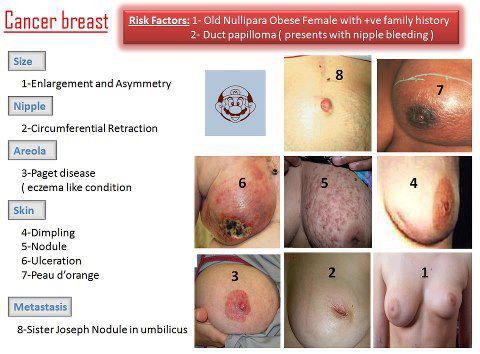Is PRP therapy right for you?
What is PRP therapy?
PRP stands for Platelet Rich Plasma. PRP therapy is a developing treatment in an emerging field referred to as Ortho-biologics which is a cutting-edge technology combined with the body's natural ability to heal itself.
Platelets are a natural source of growth factors. They circulate in the blood and are more popular to be involved in the formation of blood clots. But newly examined researches verify that platelets are responsible for almost all repair processes that occur in the body which makes PRP therapy more effective. PRP therapy's natural healing process increases the body's efforts by delivering a higher concentration of platelets to the site of injury as an enhancement to the healing process.
PRP treatment is done by drawing 30 - 60ml of blood from the patient’s arm and placed in a centrifuge that spins the blood at high speeds, which separates the platelets from the other blood components. Then 3-6ml of rich plasma is inserted into the affected area significantly strengthening the body's natural healing signal.
Who can benefit from this treatment?
Whenever traditional treatment was not provided with relief for a tendon or ligament injury PRP can be the best solution. Specifically PRP is more effective with Fractures that have failed to heal, joint cartilage problems, partial tears of tendons, muscles or ligaments, chronic bursitis, avascular necrosis of the bone and as well as disc bulges. This treatment can be applied on the knee, hip, shoulder, ankle, hand, foot, neck and the lower back. This procedure is less aggressive and less expensive than surgery with no any scarring. Any necessity for surgery can be reduced through treating injured tissues before the damage progresses and the condition becomes irreversible.
PRP was also benefitted for patients with severe arthritis in the knee and the hip who were told that they would need a joint replacement surgery. Many of these patients gained 75% of relief through this method of therapy.
However, the following patient will not be a candidate for this treatment.
By Nasheeka Brishmela
Email Address: nashisl123@gmail.com
PRP stands for Platelet Rich Plasma. PRP therapy is a developing treatment in an emerging field referred to as Ortho-biologics which is a cutting-edge technology combined with the body's natural ability to heal itself.
Platelets are a natural source of growth factors. They circulate in the blood and are more popular to be involved in the formation of blood clots. But newly examined researches verify that platelets are responsible for almost all repair processes that occur in the body which makes PRP therapy more effective. PRP therapy's natural healing process increases the body's efforts by delivering a higher concentration of platelets to the site of injury as an enhancement to the healing process.
PRP treatment is done by drawing 30 - 60ml of blood from the patient’s arm and placed in a centrifuge that spins the blood at high speeds, which separates the platelets from the other blood components. Then 3-6ml of rich plasma is inserted into the affected area significantly strengthening the body's natural healing signal.
Who can benefit from this treatment?
Whenever traditional treatment was not provided with relief for a tendon or ligament injury PRP can be the best solution. Specifically PRP is more effective with Fractures that have failed to heal, joint cartilage problems, partial tears of tendons, muscles or ligaments, chronic bursitis, avascular necrosis of the bone and as well as disc bulges. This treatment can be applied on the knee, hip, shoulder, ankle, hand, foot, neck and the lower back. This procedure is less aggressive and less expensive than surgery with no any scarring. Any necessity for surgery can be reduced through treating injured tissues before the damage progresses and the condition becomes irreversible.
PRP was also benefitted for patients with severe arthritis in the knee and the hip who were told that they would need a joint replacement surgery. Many of these patients gained 75% of relief through this method of therapy.
However, the following patient will not be a candidate for this treatment.
- Patients who are active with cancers or infections
- Patients taking Plavix.
- Any patient who consistently use NSAIDs
- In cases where the bone marrow stems cells are to be utilized and a patient had a history of a bone marrow derived type of cancer
By Nasheeka Brishmela
Email Address: nashisl123@gmail.com




Comments
Post a Comment